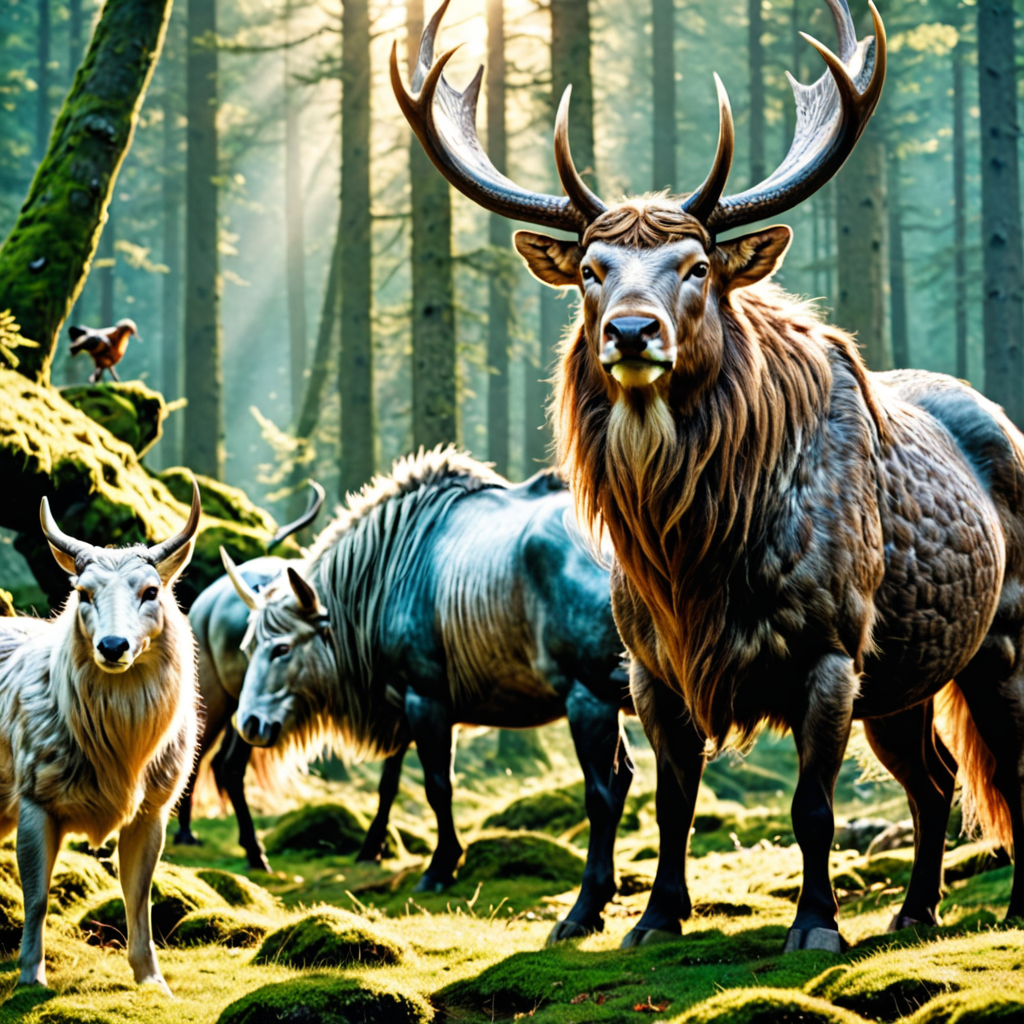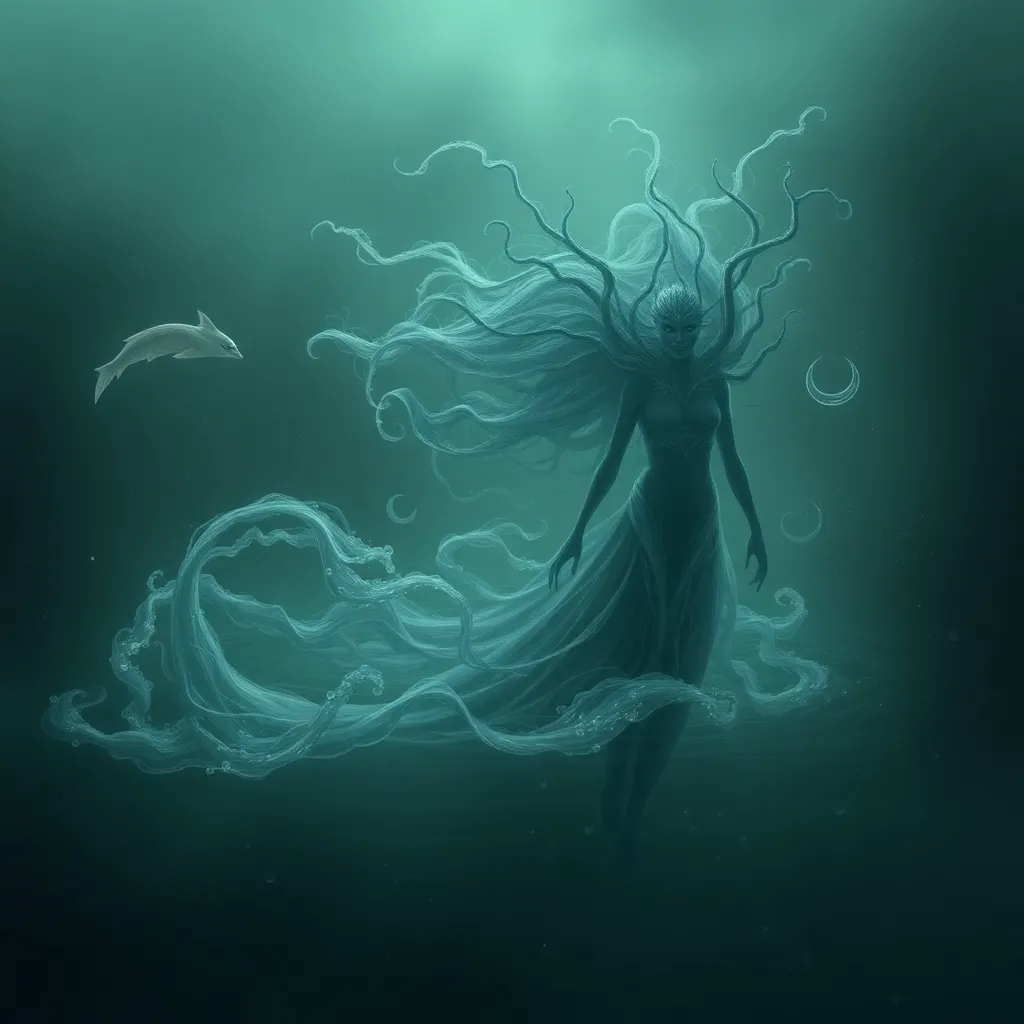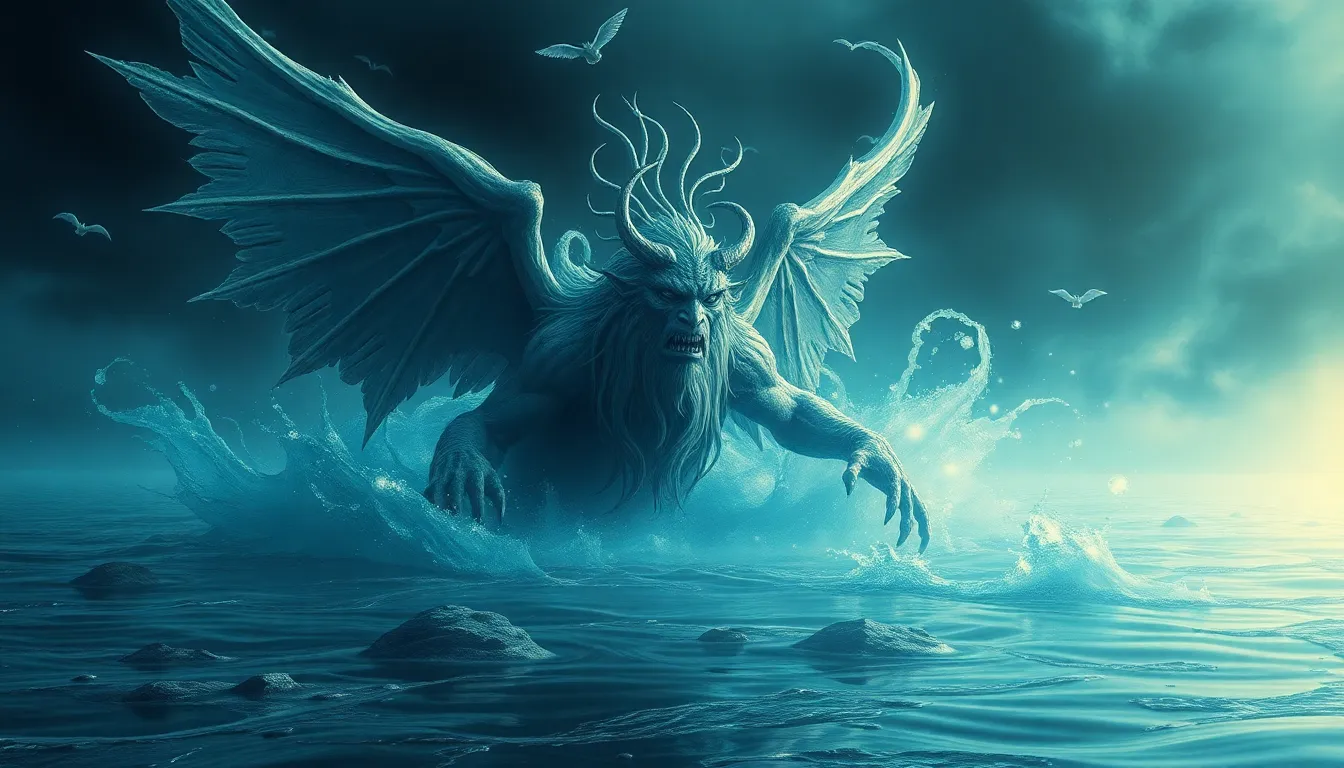The Role of Animals in Norse Mythology Stories
Norse mythology is rich in vivid tales where animals play significant roles, contributing to the depth and symbolism within the stories. These animals are not mere side characters; they embody traits, values, and challenges that resonate with the human experience. Let’s delve into the importance of animals in Norse mythology.
The Importance of Animals in Norse Mythology
In Norse mythology, animals often represent various deities or mythical beings, highlighting their connections to nature and the spiritual realm. For example, Odin, the All-Father and chief god, is often accompanied by his ravens, Huginn and Muninn, representing thought and memory. Likewise, the revered hammer-wielding thunder god, Thor, rides a chariot pulled by two sacred goats, Tanngrisnir and Tanngnjóstr. These animal companions aid the gods in their endeavors and symbolize specific characteristics or powers.
Symbolism and Allegory
Animals in Norse mythology also serve as symbols and allegories, embodying virtues, vices, and challenges reflective of the human condition. The serpent Jörmungandr, which encircles the world and battles Thor during Ragnarok, represents chaos and the cyclical nature of existence. The mighty wolf Fenrir symbolizes destruction and the inevitable end of all things. Even the sacred horses of the gods, such as Sleipnir, the eight-legged steed of Odin, signify speed, strength, and transcendence.
Guardians and Guides
Beyond symbolism, animals in Norse mythology act as guardians and guides to heroes and mortals alike. The wolf Geri and the boar Freki are companion animals to Odin, while the loyal wolves Freki and Geri exemplify loyalty and courage. Powerful mythical beings like the dragon Nidhogg, who gnaws at the roots of Yggdrasil, the world tree, emphasize the precarious balance between creation and destruction, life and death.
Legacy and Interpretation
Through the enduring stories of Norse mythology, the role of animals serves as a reminder of the interconnectedness of all beings and the timeless wisdom they embody. As symbols of nature, strength, cunning, and fate, these creatures elevate the narratives to encompass cosmic struggles and profound insights into existence. Their significance continues to inspire interpretations and artistic representations that capture the essence of the ancient Norse worldview.
FAQ about the Role of Animals in Norse Mythology Stories
What animals play significant roles in Norse mythology?
The Norse myths feature a variety of animals with symbolic importance. Some prominent ones include Odin’s ravens, Huginn and Muninn, the mighty wolf Fenrir, and the serpent Jormungandr.
How do animals contribute to the storytelling in Norse mythology?
Animals in Norse mythology often serve as companions to gods, messengers, or embody certain traits that enhance the narrative. They can represent wisdom, cunning, chaos, or strength, adding depth to the stories.
Are there any animals associated with specific Norse gods?
Yes, Norse gods are frequently linked with specific animals. For instance, Thor is connected with goats and the thundering chariot pulled by them, while Freyja has a connection to cats, specifically the mystical Freyja’s cats.
Do animals in Norse mythology have symbolic meanings?
Indeed, animals in Norse mythology are rich in symbolism. They can represent characteristics, values, or foreshadow events in the stories. For example, the World Serpent Jormungandr symbolizes the cycle of life, death, and rebirth.
How do animals interact with humans in Norse mythology stories?
Animals in Norse mythology often interact with humans in profound ways. They can facilitate quests, provide



